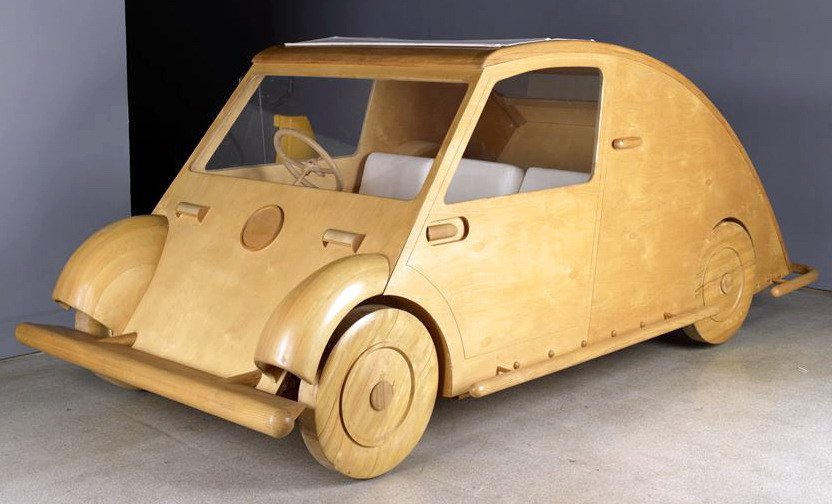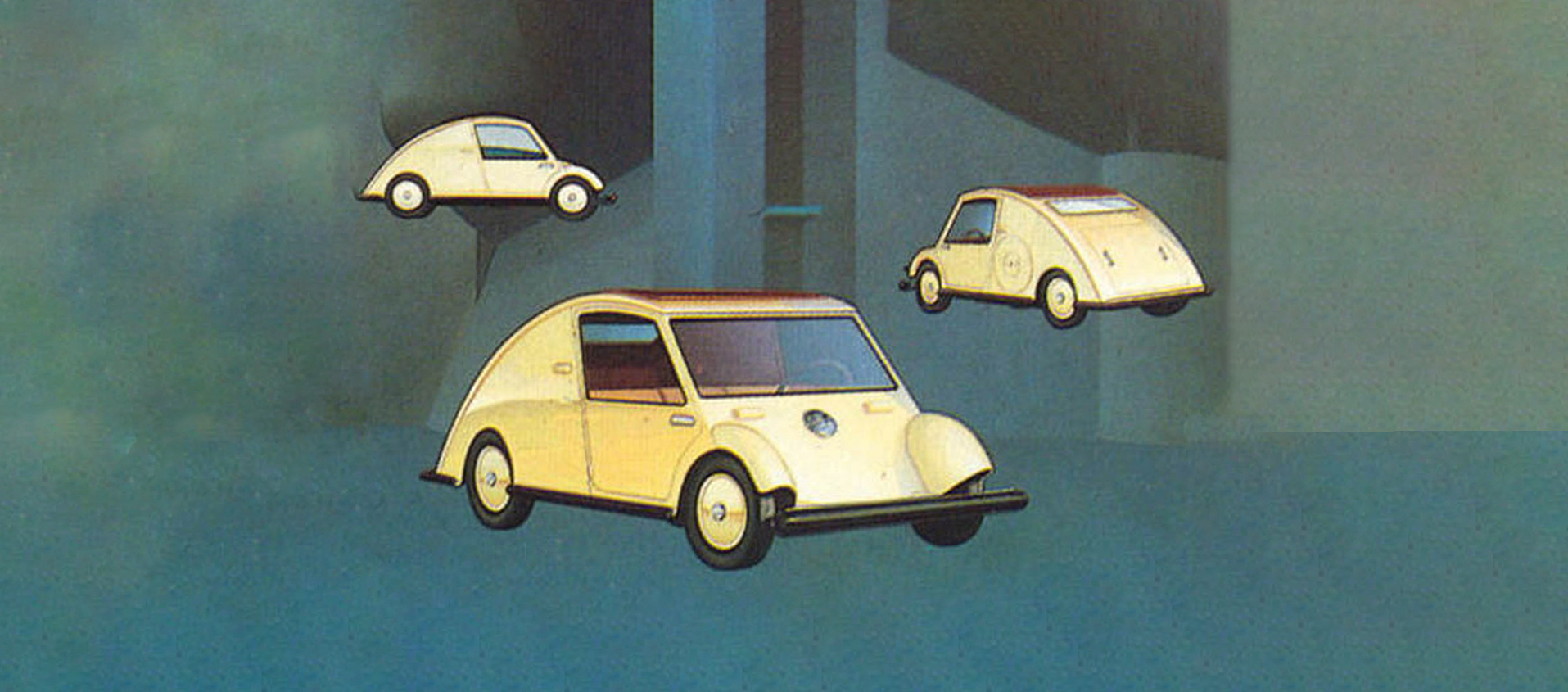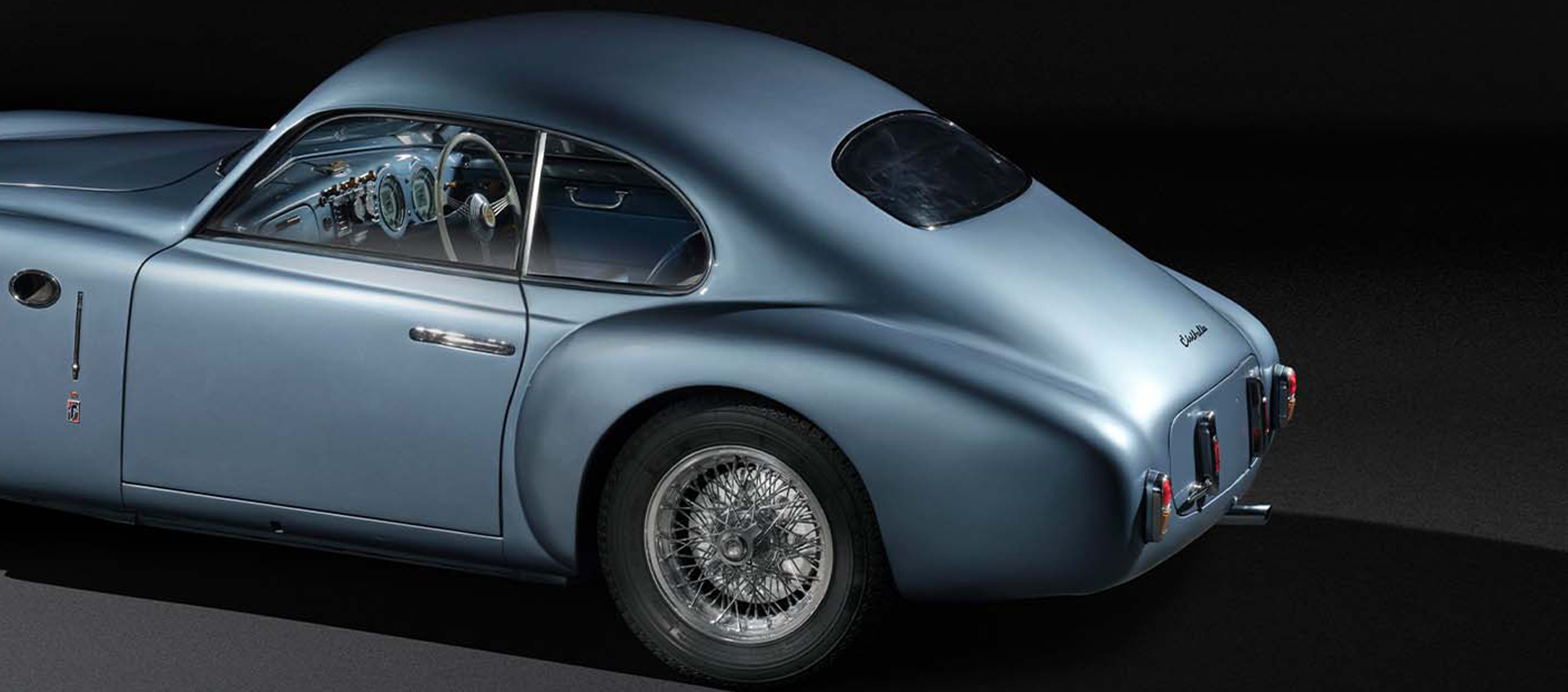Architects and Cars: More Rationality and Imagination than Beauty
29 July 2023 2 min read 6 images

Photo credit: FIAT, Foundation Le Corbusier, Wheelsage
Many car designers are architects by profession, such as Flavio Manzoni at Ferrari. Today, we want to explore the influence that architects who dedicate or have dedicated their lives to architecture have had on automobiles.
Register to unlock this article
Signing up is free and gives you access to hundreds of articles and additional benefits. See what’s included in your free membership. See what's included in your free membership.
Already have an account? Log In


